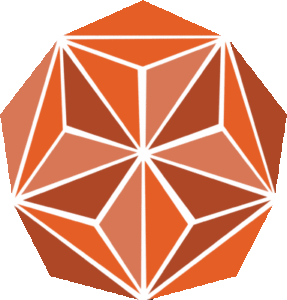The regional peer-driven centers
KBT is a part of six regional peer-driven centers in Norway, who is currently working to become recovery HUB. The regional center function of the centers have govermental support. These centers serve as resource-bases for user competency and training in the mental health sector. They were formed as part of “Opptrappingsplanen for psykisk helse” [A plan for better mental health services in Norway] (1998-2008), with the goal of strengthening user participation and solidifying the users’ experiences as valid competency within mental health work. Their function is defined in ST.PRP. NR 1 (2009-2010):
“It is important to raise the users’ knowledge so that they can make demands of the services and be a driving force in service development. User knowledge must be legitimized and communicated in order to contribute to real user participation. National center for experience competency in the mental health sector and the regional user driven centers will together with the user organizations play a central part in this work.”
Below are the other peer-driven centers in Norway:
Bikuben in Kvæfjord, Troms.
ROM Agder in Kristiansand.
Sagatun brukerstyrt senter in Hamar.
Vårres regionalt brukerstyrt senter in Trondheim and Kristiansund.
Vestavind brukerstyrt senter in Sandnes (discontinued).
Strategy of the regional user driven centers
There’s a need for further developing the user driven centers after they have been in practice for about 10 years, and give them a clear role within mental health- and drug rehabilitation. The centers are largely based around voluntary work with a handful of employees, and thus possess limited financial resources.
It remains important to ensure that the user perspective is central to the development of the relevant services. This is a task the centers share with the user organizations and national centers for experience competency. The centers have established a common executive committee for addressing these matters.
In order to be a prominent player in this field, the centers should be redefined as regional resource- and competency centers for user experience and service development. There should be formed similar centers in all health regions with clear goals for what they wish to achieve. To make this viable, they depend on predictable and long-term financial security. They also need to work together with the user organizations.
Their target demographic include:
- Users and relatives of users
- User organizations
- Professional competency communities
- Schools and other services for children and youth
- Educational institutions
The centers aim to bring people hope, and help people become capable of overcoming their own challenges.
Over the years, the regional peer-driven centers have developed a broad network of communities, educational institutions, and fields of research. They have developed courses, mastery-oriented methods and tools for strengthening users and dependents. They are engaged in user involvement in evaluation and research; they generate new knowledge and contribute to documenting and communicating the users’ experiences as valid knowledge in the development of services. In this way, they’ve grown into becoming resource- and competency centers. The fact that the centers are given this status formally will contribute to more recognition of experience-based knowledge and place it on par with professional competency as a crucial prerequisite that must be met to ensure qualitative improvement.

